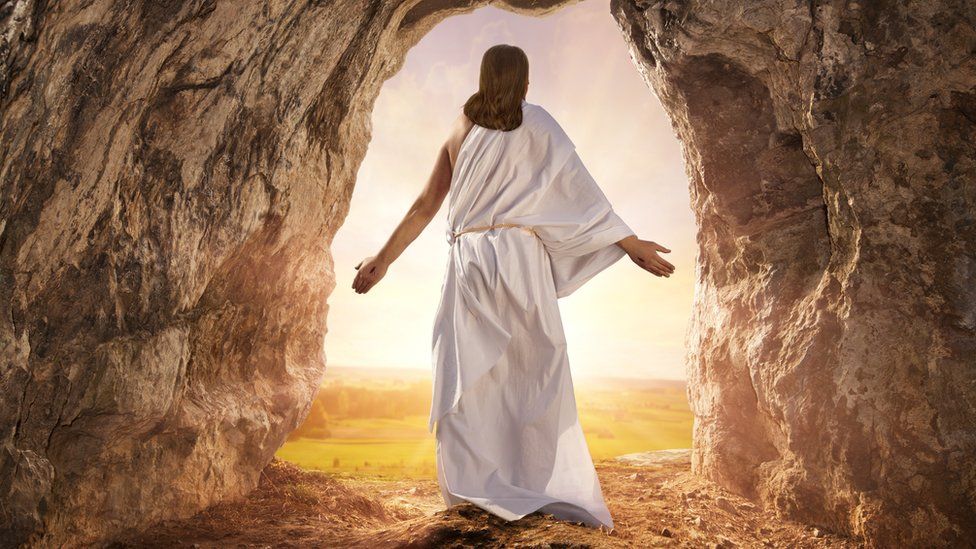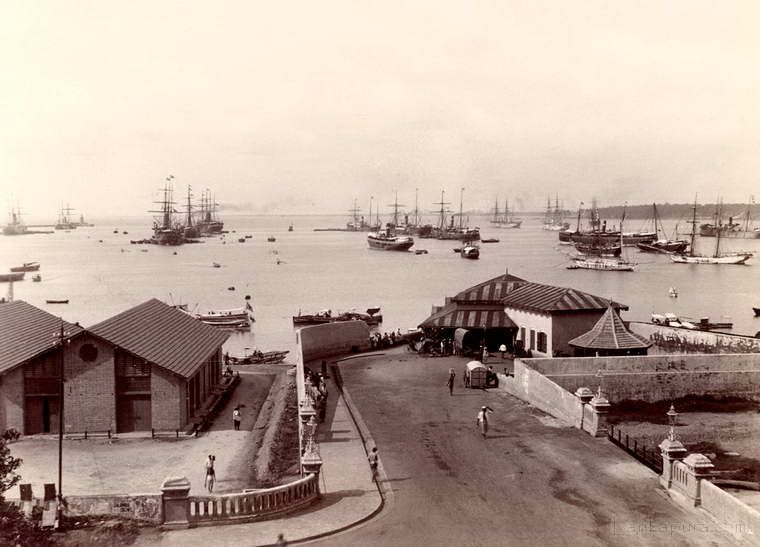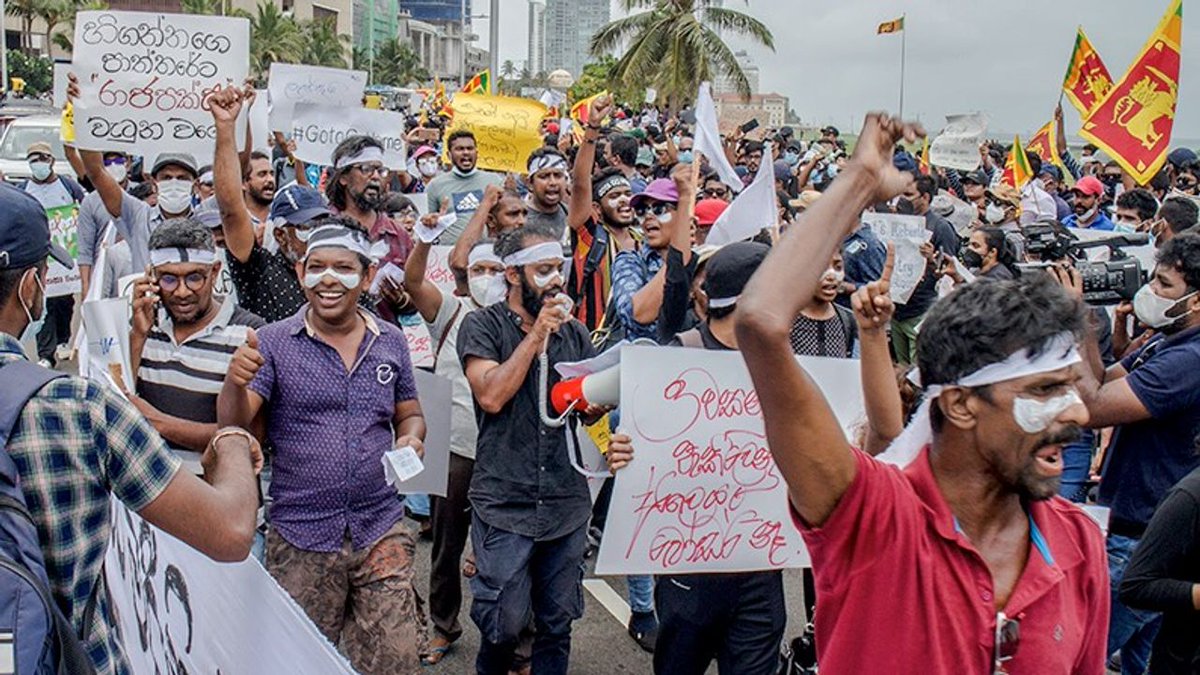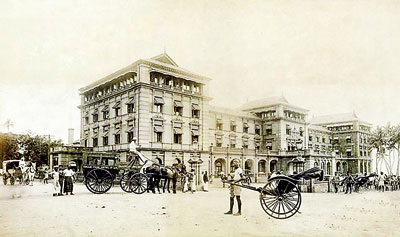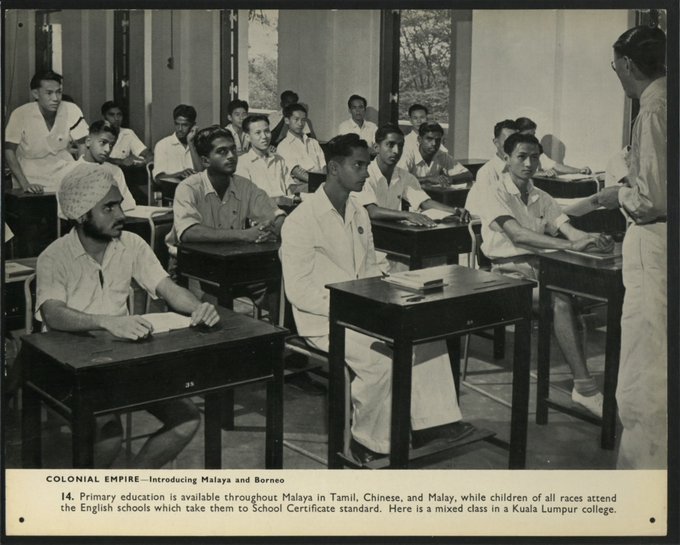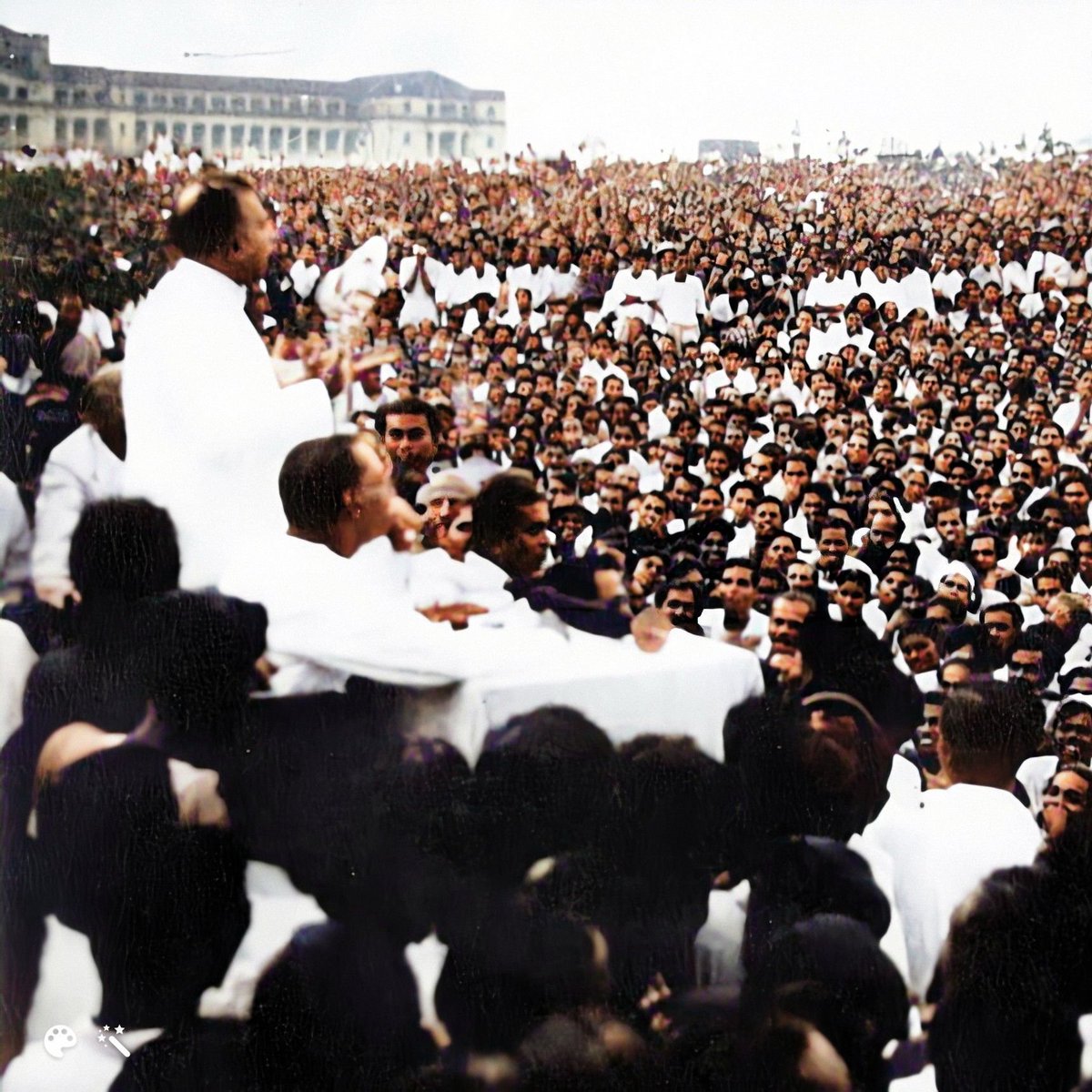
With the recent discussion of the #nationalanthem and the debate between singing it in #sinhala and #tamil, today we're going to take a look at the #history of this song seeing what we can take away from it's controversial past...
#EconomicCrisisLK #GoHomeGota2022 #Srilanka

#EconomicCrisisLK #GoHomeGota2022 #Srilanka


Prior to Independence, the national anthem of Ceylon was 'God Save the King' - a fact of colonial rule which many despised. The Ceylon National Congress, one of the nation's independence organisations, vowed to create a new national anthem when the nation became independent. 

When Ceylon achieved it needed a new national song so contest was set up to select one and a judging panel was set up. However there was resentment as "In a controversial decision, two of the panelists were declared winners...It began as – 'Sri Lanka Matha/Pala Yasa Mahima'" 



Due to the controversy and its unpopularity, this song did not last long. However, another man named Ananda Samarakoon had written a song that started to gain popularity with the public but had been ignored by the panel - "Namo Namo Matha". 



In 1940, Samarakoon had ridden a plane coming back from India where he saw a beautiful Sri Lanka from above. Inspired by this, he wrote some notes that he would eventually compose into the future national anthem. He began teaching it to students and it gained popularity quickly. 

By 1950, the song was presented by FM J.R. Jayewardene to the cabinet and was adopted as the new anthem in 1951. Additionally PM D. S. Senanayake pushed for a Tamil version so the Pundit M. Nallathamby was given the task of faithfully creating a Tamil version of the song. 





In 1952, with the Sinhala version - "Namo, Namo, Matha" and the Tamil version - "Namo, Namo, Thaye", the song was ready to be published in the press and in other publications. 



In 1956, when S.W.R.D. Bandaranaike was elected, controversy arose again. In the early years after independence, the nation became marred by economic, social, and political tensions as well as natural disasters. The national anthem became a scapegoat for the nation's problems. 

Many claimed the fact the song started with "Na" and contained "Gana" made the song inauspicious and unlucky for the nation. In 1960, the SLFP government changed the song from "Namo Namo Matha" to "Sri Lanka Matha" with the permission of Samarakoon. 

Ananda Samarakoon became a symbol of the old version of the song and was repeatedly attacked for it. He opposed the changes the government had made but now he had no voice. It was too much for him. On April 5th, 1962, he committed suicide by overdosing on sleeping pills. 

In more recent year's there been controversy over whether to play the national anthem in both Sinhala and Tamil. In recent years, there have been instances where only the Sinhalese version has been played, but according to the constitution, both should be given equal status. 

When we look back at its complicated history, we see how the national anthem has been at the center of many of the divisions in our country. From an innocent death to implied inequality, the national anthem shows us how politicians and public outcry can corrupt a beautiful song.
If we recognize this history, we can reflect on what it originally meant. A glimpse of a our island, high above the sky, that all could relate too. If we remember that legacy and it's original equality, we can look to the national anthem as a source of unity rather than division. 

Sources to check out!
1.dailymirror.lk/dbs-jeyaraj-co…
2.dailymirror.lk/news-features/…
3.archives.sundayobserver.lk/2016/02/14/fea…
4.ft.lk/Columnists/Joy…
1.dailymirror.lk/dbs-jeyaraj-co…
2.dailymirror.lk/news-features/…
3.archives.sundayobserver.lk/2016/02/14/fea…
4.ft.lk/Columnists/Joy…
• • •
Missing some Tweet in this thread? You can try to
force a refresh












